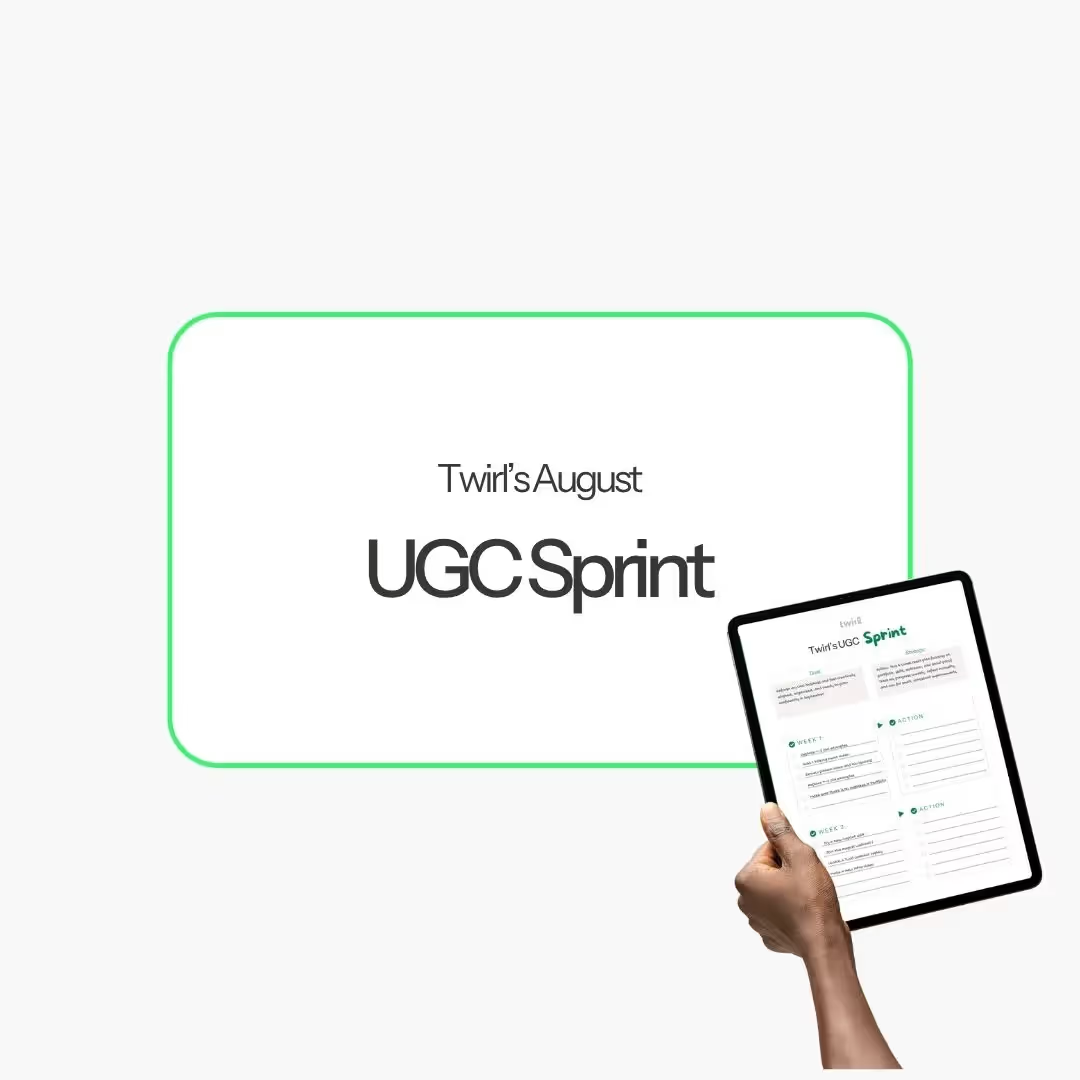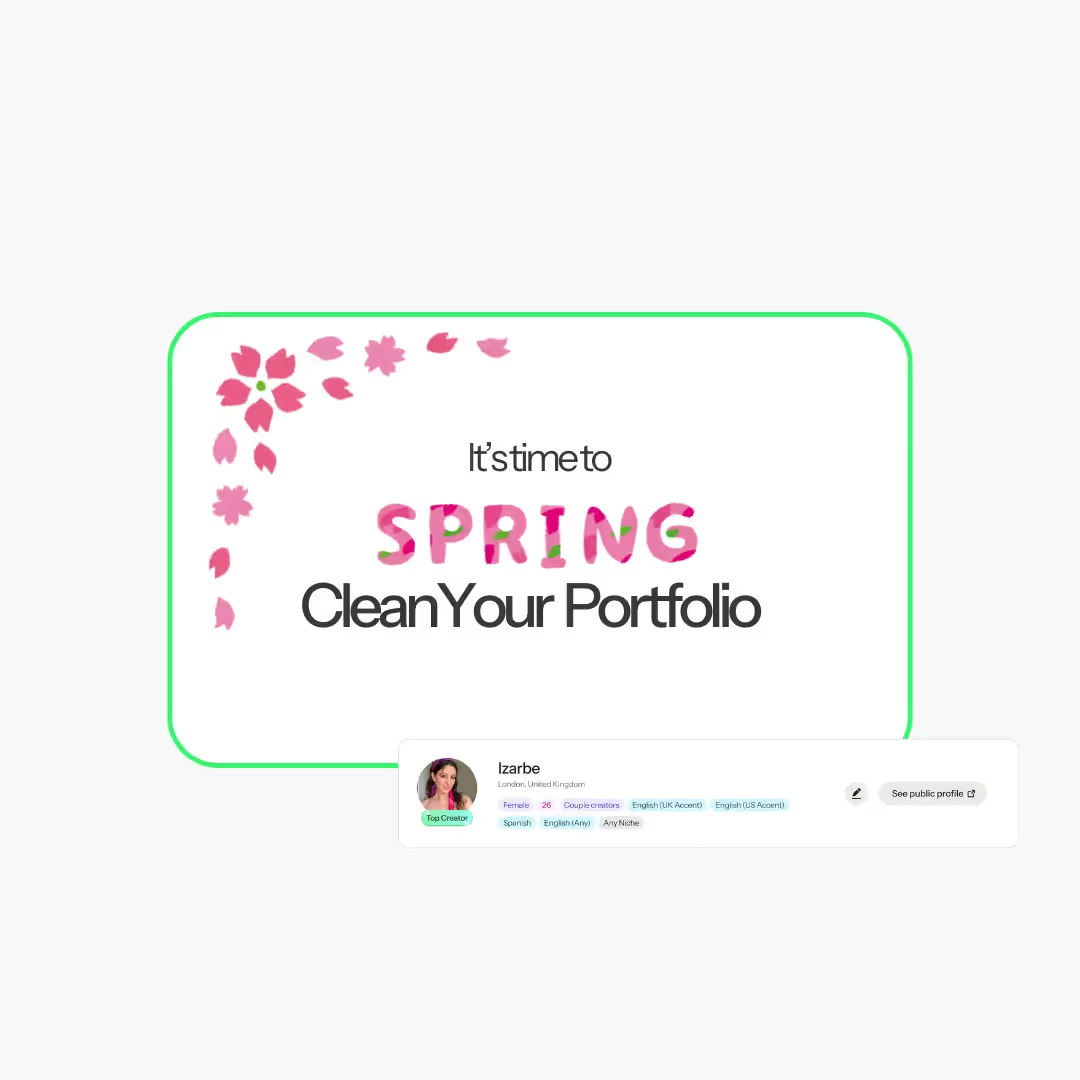Navigating the Essentials: A UGC Creator’s Guide to Contracts

Hey Creators!
Ready to dive into the world of contracts without getting tangled in legalese? You're in the right place! In this first part of our friendly guide, we're breaking down the must-knows of contracts for you. Whether you're an experienced content creator or just starting, understanding the foundations of a solid contract can significantly impact your creative journey and professional relationships. Let's dive into the core elements of UGC contracts, breaking down each component with some recommendations and examples that are easy to grasp for everyone.
Clear Definition of Scope: Setting the Stage for Success
Contracts should clearly define the scope of work, including the types of content to be created, the platforms where the content will be shared, and the timeline for delivery. This prevents scope creep and ensures that both parties have a clear understanding of the expectations
What to Include:
- Clearly State the Deliverables: What will you be creating? For example, "The creator will deliver 5 UGC videos and 3 UGC photos."
- Define Content Specifications: Get specific about style, tone, branding requirements, and you can even include the script if there is one. The clause could sound something like: "Content shall adhere to the upbeat and positive tone characteristic of the brand, incorporating the brand’s colour scheme and logo in every video outro."
- Set Deadlines: Establish clear timelines. A sample clause might read, "Deliverables will be completed and submitted in two phases: Instagram posts by MM/DD/YYYY and YouTube videos by MM/DD/YYYY."
Rights and Usage: Protecting Your Creative Works
Specify who owns the content rights (usually, the creator retains copyright but grants the brand a licence to use the content) and how the content will be used (e.g., social media, advertising, internal use). Define the duration and geographical scope of these usage rights to prevent unauthorised exploitation of your work.
Key Points:
- Specify Content Rights Ownership: A simple yet powerful statement can clarify this, such as "The creator retains copyright to all original content produced but grants [Brand Name] a non-exclusive, worldwide licence to use the content for marketing purposes."
- Draft a Licensing Agreement: Specify the scope of the licence, "This agreement grants [Brand Name] the right to use the content across all digital platforms, including social media, websites, and email marketing, for a period of 12 months."
- Determine the Usage Period: Make it clear with, "The licensed use of content shall expire 12 months from the date of first publication, after which all rights revert to the creator."
Compensation and Payment Terms: Ensuring Fair Remuneration
Detail the compensation structure, whether it's a flat fee, a payment based on performance metrics (such as views or engagement), or a combination of both. Include payment timelines and any conditions that might affect compensation, such as late delivery or underperformance.
How to Structure:
- Detail the Compensation Structure: "The creator will receive a total payment of $X, payable in phases aligned with deliverable submission."
- Agree on a Payment Model: Whether it's a flat fee, royalties, or a hybrid model, an example might be, "Payment will consist of a $X flat fee, plus a performance bonus based on engagement metrics."
- Set Payment Milestones: Include specific terms, "50% upfront, 25% upon initial deliverable completion, and 25% upon final project acceptance."
- Include Late Payment Penalties: Protect yourself with a clause like, "Late payments shall incur a penalty of X% per month overdue."
Exclusivity and Non-Compete Clauses: Balancing Commitments
If the brand requires exclusivity (preventing the creator from working with competing brands), this should be clearly stated, including the duration of the exclusivity period. Consider the implications on your ability to work with other brands and negotiate accordingly.
What You Need to Know:
- Clarify Exclusivity Requirements: "The creator agrees not to produce or share content for competing brands within the product category during the term of this agreement."
- Negotiate Terms: Find a fair middle ground, "Exclusivity shall extend for 6 months post the last content publication date."
- Seek Compensation for Exclusivity: Ensure it's worth your while, "In consideration of this exclusivity, [Brand Name] agrees to compensate the creator with an additional exclusivity fee of $X."
Content Approval and Revisions: Streamlining Collaboration
Outline the process for content approval, including timelines and the number of revisions included in the initial agreement. Specify who has final say in the approval process and what happens if the content is not accepted.
Ensuring a Smooth Process:
- Outline the Approval Process: "Content submitted will be reviewed by [Brand Name] within 7 business days for approval or feedback."
- Agree on a Review Process: "The agreement includes up to two rounds of revisions per deliverable at no additional cost to [Brand Name]."
- Define a Timeline for Feedback: Keep projects on track, "Feedback on each submission shall be provided within 5 business days to ensure timely project progression."
Termination Clauses: Preparing for the Unexpected
Define the conditions under which either party can terminate the contract and the consequences of termination. This includes notice periods, compensation for work already completed, and rights to content created but not yet published.
Planning Ahead:
- Define Conditions for Termination: "Either party may terminate the agreement with 30 days' written notice if the other party breaches contract terms and fails to remedy such breach within the notice period."
- Specify Notice Requirements: A clause like, "Termination requests must be submitted in writing, specifying the reason and effective date."
- Detail Compensation for Early Termination: Protect your interests, "In the event of termination by [Brand Name] without cause, the creator shall be compensated for all work completed to date."
By understanding and implementing these foundational elements into your contracts, you'll not only protect your creative rights but also build stronger, more transparent relationships with brands. Remember, contracts are not just legal obligations; they're a reflection of your professional standards and a blueprint for successful collaborations. Stay tuned for Part 2, where we'll dive into advanced considerations and protections for UGC creators, further enhancing your contractual knowledge.







.svg)
.svg)